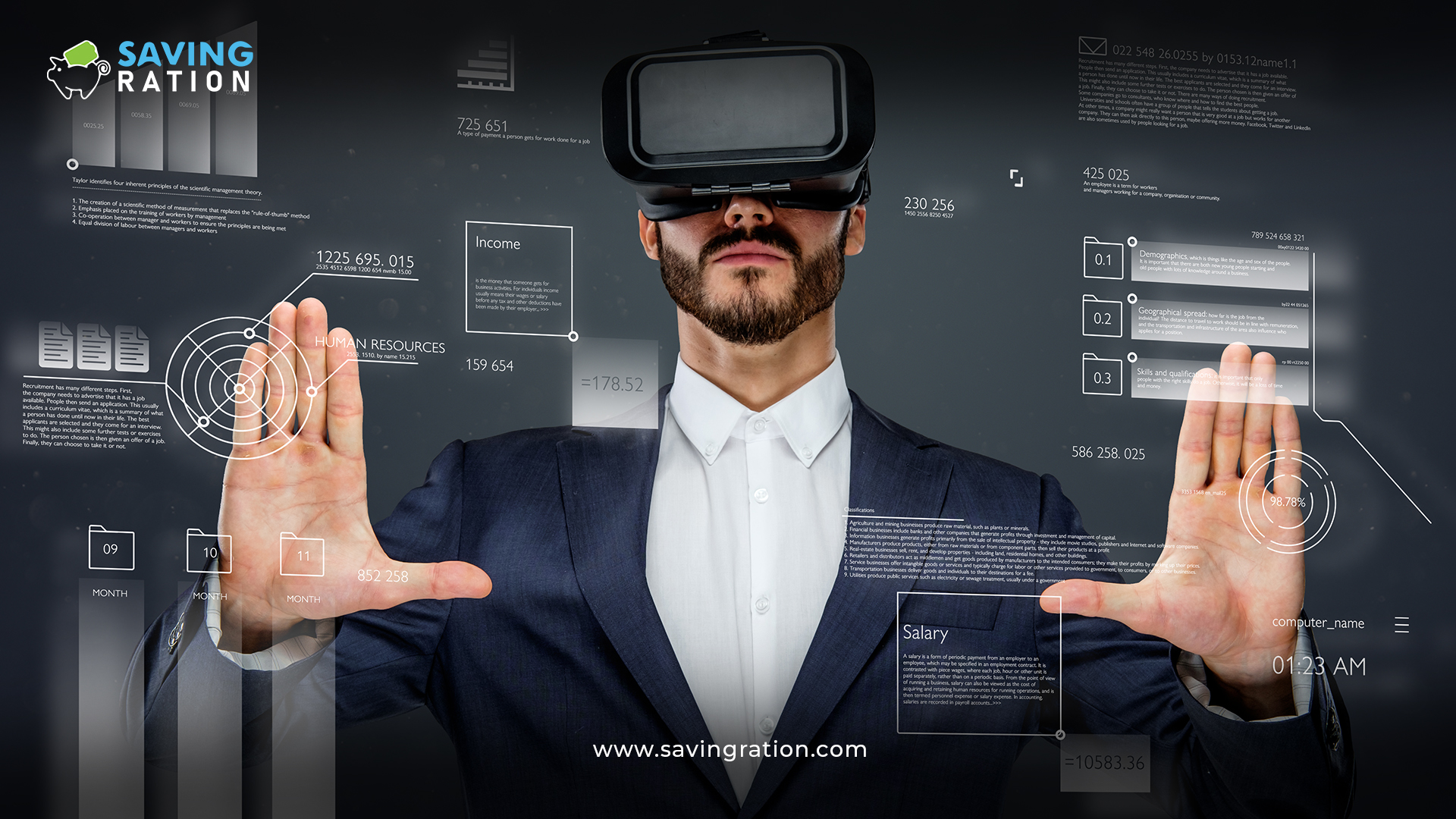
There has been much talk of one of the latest developments in big tech, the metaverse - the next stage in the evolution of the Internet, which promises a stunningly realistic 3D virtual world. We are exploring potential implications of the metaverse for compliance professionals: what does it mean for them, how will the new tools and new ways of working change the risks they are responsible for, and how will these risks be managed and mitigated?
Your compliance team may be primarily focused on traditional compliance risks, such as bribery and corruption. Or they could already be responsible for additional areas, such as modern slavery and the supply chain. Regardless, it’s quite possible you will find the day to day adoption of the metaverse will change the risk portfolio that you are responsible for.
You might discover that pre-existing risks manifest themselves in new or different ways. For example, operating in the metaverse will give rise to new objects or services of value; could these become relevant in the next bribery and corruption scandal? Might the metaverse complicate anti-money laundering? Could the definition of firms regulated by AML/CFT1 laws be expanded to include your business, if not already included, in light of the growth of the metaverse?
Entirely new risks may also emerge - whether that is the additional challenge of verifying who your customers or suppliers are, or tracing the origin of any virtual assets which are being exchanged. Furthermore, activities that were once the domain of IT security professionals, such as digital ID or other token verification, could become firmly on the agenda of your compliance team.
And, to top it off, there will no doubt be changes in the risk environment which we cannot yet even imagine.
The metaverse and associated technology will provide opportunities to manage the relevant risks and prevent compliance breaches in exciting new ways. This may lead to opportunities for increased quality and efficiency. Some technologies associated with the metaverse are already being used - for example, the use of augmented reality to train global teams with instant translation, bringing efficiencies in compliance training, as well as delivering on social and environmental responsibilities when it comes to reducing business travel. Other existing technology, such as technology that can be used to confirm authenticity of key documentation, such as proof of ID, are also likely to be key in navigating compliance within the metaverse.
Ultimately, the emergence of the metaverse (as with all technology developments) will necessitate the review of existing policies and procedures to ensure these reflect any new ways of working. New compliance systems, frameworks, and methodologies could also become a necessity.
The different ways of doing business in the metaverse are going to provide both challenges and opportunities when it comes to compliance in your business.
Those investing the time getting this right will have the most seamless, and safe, transition into the virtual world.